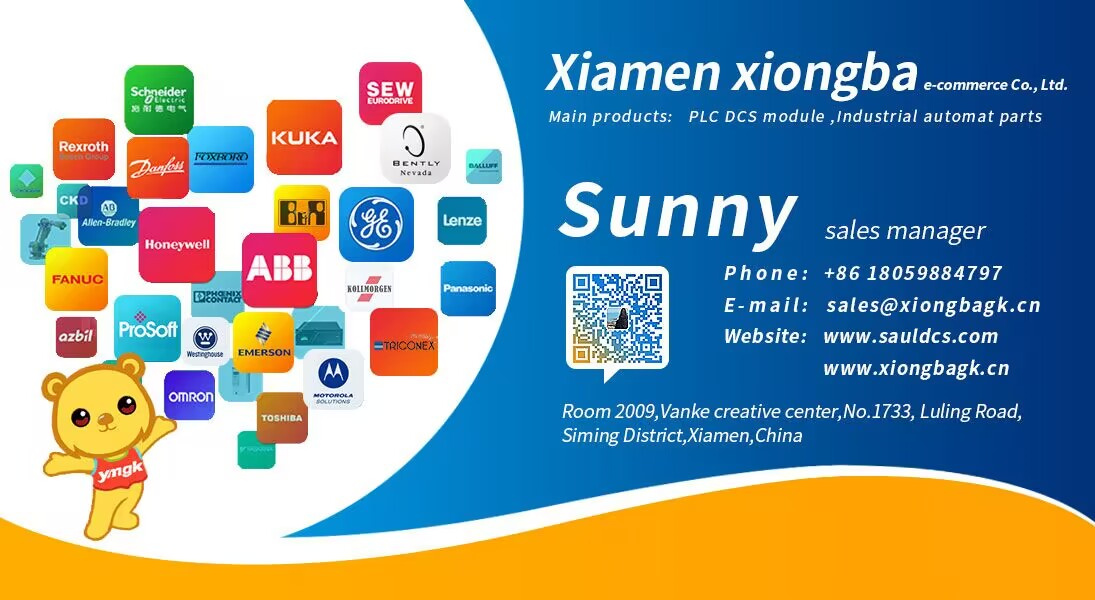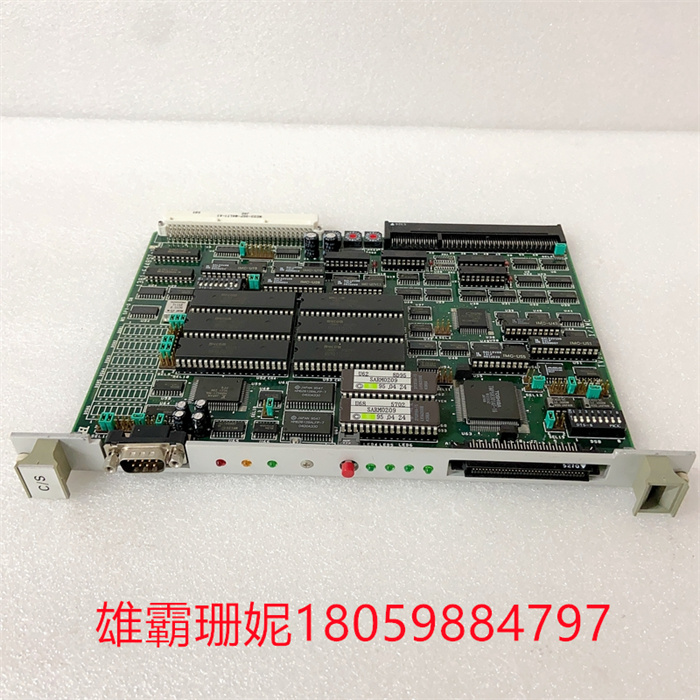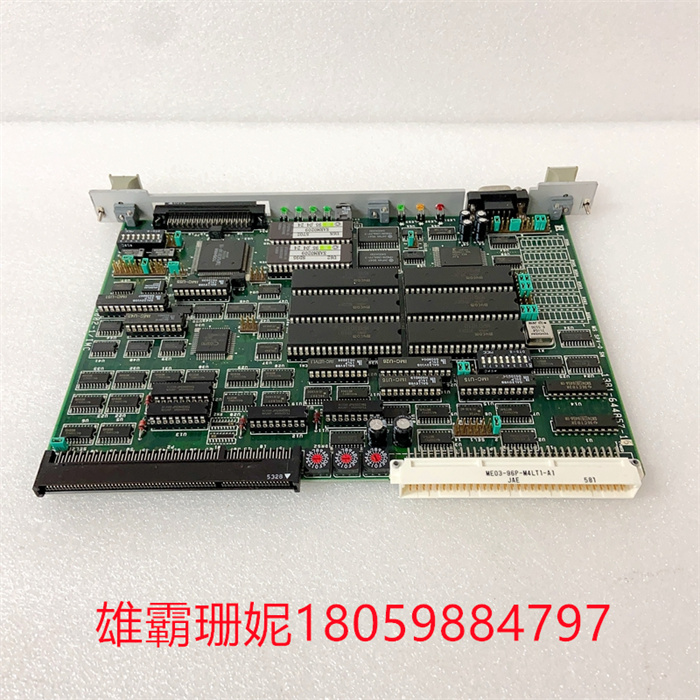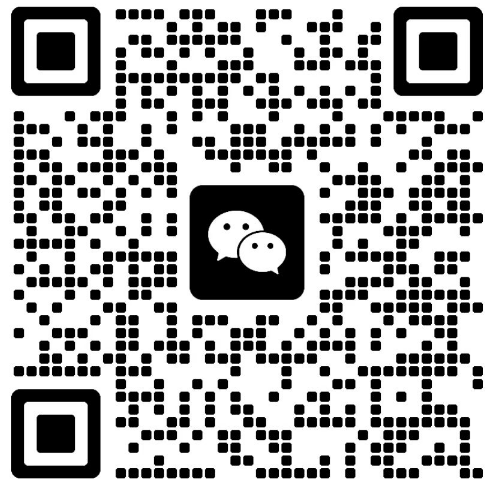ABB TVB6002-1IMC 1308-644857-12 1381-644857-16 综合保护装置
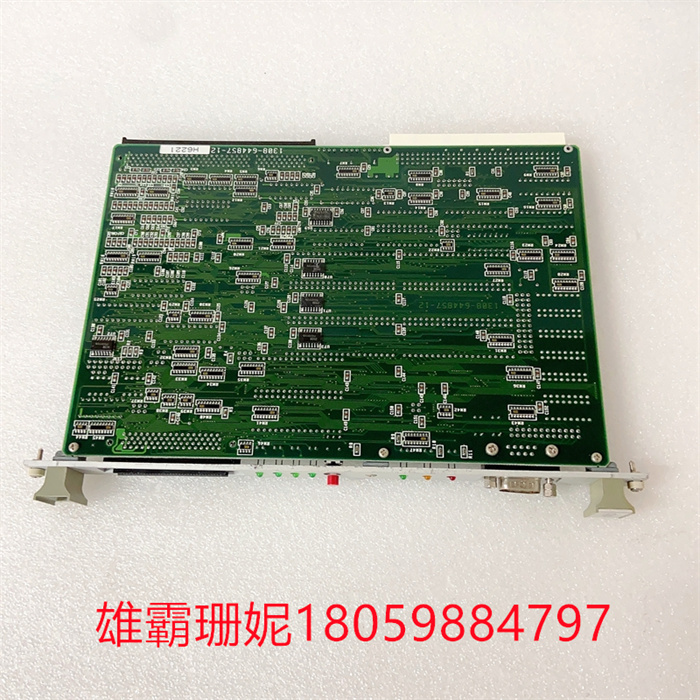
ABB机器人创建信号及关联信号步骤车间ABB机器人较多,做改善或临时增加信号需要对机器人的信号进行配置,没有标准化流程,过程不清晰。1、创建信号之前先到要创建的模块里确认地址有没有被占用,创建组信号要查看组信号有没有包含在内的单个地址,创建单个信号要查看该信号有没有被别的组信号所包含。2、选择菜单,控制面板,配置系统参数,signal, 显示全部3、name:要创建的信号的名字;type of signal: 信号类型;assigned to device:要创建的信号 属于那个模块;device mapping:信号的地址。4、选择菜单,控制面板,配置系统参数,cross connection,显示全部5、name:要创建的关联信号的名称;resultant: 关联信号的结果;actor1:个条件;invert actor1:个条件是否取反;operator1:跟下 一个条件的关联关系;actor2:第二个条件; invert actor2:第二个条件是否取反;operator2:跟下一个条件的关联关系。总结:此类标准化作为新人学习ABB机器人信号创建及信号关联的一个入门级教程,对其有较好的指导作用。车间ABB机器人较多,做改善或临时增加信号需要对机器人的信号进行配置,没有标准化流程,过程不清晰。1、创建信号之前先到要创建的模块里确认地址有没有被占用,创建组信号要查看组信号有没有包含在内的单个地址,创建单个信号要查看该信号有没有被别的组信号所包含。2、选择菜单,控制面板,配置系统参数,signal, 显示全部3、name:要创建的信号的名字;type of signal: 信号类型;assigned to device:要创建的信号 属于那个模块;device mapping:信号的地址。4、选择菜单,控制面板,配置系统参数,cross connection,显示全部5、name:要创建的关联信号的名称;resultant: 关联信号的结果;actor1:个条件;invert actor1:个条件是否取反;operator1:跟下 一个条件的关联关系;actor2:第二个条件; invert actor2:第二个条件是否取反;operator2:跟下一个条件的关联关系。总结:此类标准化作为新人学习ABB机器人信号创建及信号关联的一个入门级教程,对其有较好的指导作用。
自动测试设备(ATE):模块可用于构建高度灵活和可扩展的自动测试设备。它提供了多个通道的数字输入和输出功能,可以与其他测试仪器集成,实现复杂的测试和测量任务。
数据采集和控制系统:该模块适用于数据采集和实时控制应用。它可以接收外部传感器的模拟或数字信号,并将其转换为数字数据进行处理和分析。同时,它还可以通过数字输出通道控制外部设备和执行动作。机器视觉和图像处理:模块具有高速的数字输入和输出能力,适用于机器视觉和图像处理应用。它可以接收高速摄像机捕获的图像数据,并将其传输到计算机进行实时分析和处理。同时,它还可以控制外部设备,实现与图像相关的任务,如触发相机、控制照明等。自动化控制系统:该模块可用于自动化控制系统中的输入和输出功能。它可以接收外部传感器的输入信号,并将其转换为数字数据进行控制和反馈。同时,它还可以通过数字输出通道控制执行器和执行动作,实现自动化控制过程。实验室研究和教学: 模块适用于实验室研究和教学应用。它可以作为一个通用的输入输出接口,用于连接和控制实验设备、传感器和执行器。学生和研究人员可以使用该模块进行数据采集、实时控制和信号分析等实验操作。总的来说, 输入输出模块在自动测试设备、数据采集和控制系统、机器视觉和图像处理、自动化控制系统以及实验室研究和教学等领域都具有广泛的应用。它提供了高速、可扩展和灵活的I/O功能,为用户提供了强大的工具来实现各种测试、控制和数据采集任务。
ABB TVB6002-1IMC 1308-644857-12 1381-644857-16 综合保护装置
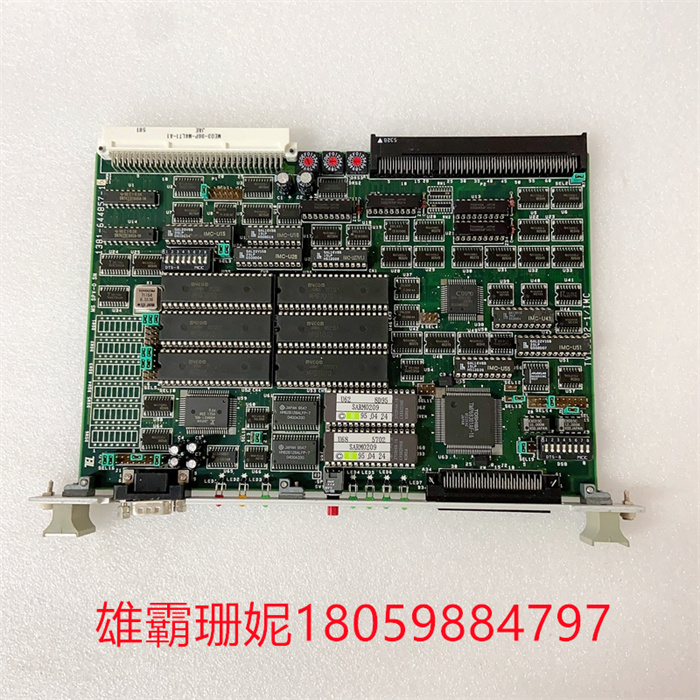
Steps for ABB Robots to Create Signals and Related Signals There are many ABB robots in the workshop. To improve or temporarily increase signals, it is necessary to configure the signals of the robots. There is no standardized process and the process is unclear. 1. Before creating a signal, go to the module to be created to confirm whether the address is occupied. When creating a group signal, check whether there is a single address included in the group signal, and when creating a single signal, check whether the signal is included in other group signals. 2. Select menu, control panel, configure system parameter, signal, and display all 3. name: the name of the signal to be created; Type of signal: signal type; Assigned to device: which module the signal to be created belongs to; Device mapping: the address of the signal. 4. Select menu, control panel, configure system parameters, cross connection, and display all 5. name: the name of the associated signal to be created; Result: the result of correlation signal; Actor1: conditions; Invert actor1: whether the conditions are inverted; Operator1: Association with the next condition; Actor2: the second condition; Invert actor2: whether the second condition is inverted; Operator2: Association with the next condition. Conclusion: As an entry-level course for newcomers to learn ABB robot signal creation and signal correlation, this kind of standardization has a good guiding role. There are many ABB robots in the workshop. To improve or temporarily increase the signal, it is necessary to configure the signal of the robot. There is no standardized process and the process is unclear. 1. Before creating a signal, go to the module to be created to confirm whether the address is occupied. When creating a group signal, check whether there is a single address included in the group signal, and when creating a single signal, check whether the signal is included in other group signals. 2. Select menu, control panel, configure system parameter, signal, and display all 3. name: the name of the signal to be created; Type of signal: signal type; Assigned to device: which module the signal to be created belongs to; Device mapping: the address of the signal. 4. Select menu, control panel, configure system parameters, cross connection, and display all 5. name: the name of the associated signal to be created; Result: the result of correlation signal; Actor1: conditions; Invert actor1: whether the conditions are inverted; Operator1: Association with the next condition; Actor2: the second condition; Invert actor2: whether the second condition is inverted; Operator2: Association with the next condition. Conclusion: As an entry-level course for newcomers to learn ABB robot signal creation and signal correlation, this kind of standardization has a good guiding role.
Automatic test equipment (ATE): The module can be used to build highly flexible and extensible automatic test equipment. It provides multi-channel digital input and output functions, and can be integrated with other test instruments to achieve complex test and measurement tasks.
Data acquisition and control system: This module is suitable for data acquisition and real-time control applications. It can receive analog or digital signals from external sensors and convert them into digital data for processing and analysis. At the same time, it can also control external devices and perform actions through digital output channels. Machine vision and image processing: The module has high-speed digital input and output capabilities and is suitable for machine vision and image processing applications. It can receive the image data captured by the high-speed camera and transmit it to the computer for real-time analysis and processing. At the same time, it can also control external devices to achieve image-related tasks, such as triggering cameras and controlling lighting. Automatic control system: This module can be used for input and output functions in automatic control system. It can receive input signals from external sensors and convert them into digital data for control and feedback. At the same time, it can also control the actuator and execute the action through the digital output channel to realize the automatic control process. Laboratory research and teaching: the module is suitable for laboratory research and teaching applications. It can be used as a universal input and output interface to connect and control experimental equipment, sensors and actuators. Students and researchers can use this module for data acquisition, real-time control and signal analysis. Generally speaking, I/O modules are widely used in automatic test equipment, data acquisition and control system, machine vision and image processing, automatic control system, laboratory research and teaching. It provides high-speed, extensible and flexible I/O functions, and provides users with powerful tools to realize various testing, control and data acquisition tasks.

